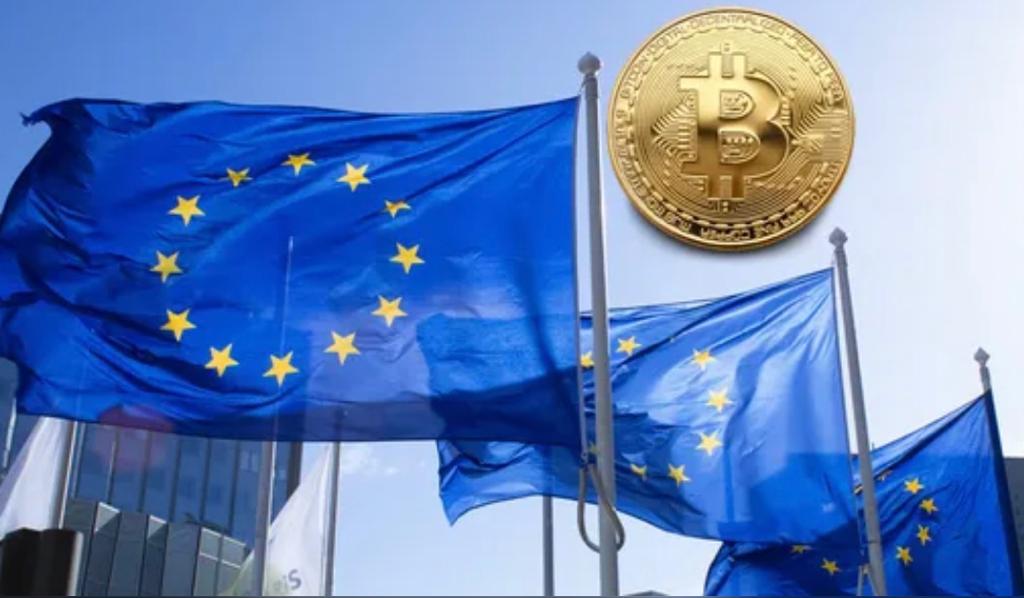Europe has just positioned itself at the forefront of crypto regulation worldwide. The European Parliament has approved the "Markets in Crypto Assets," better known as MiCA.
The Wild West of the crypto world, as some Members of the European Parliament have referred to it, will now have legislation that brings legal certainty, aiming to provide greater confidence to companies in the sector while establishing a set of rules to prevent abuses.
The Bitcoin boom made it clear the need for comprehensive regulation. In 2020, the European Commission presented its first draft. Now, three years later, the Parliament has approved the final text of the "European Regulation on Markets in Crypto Assets." But it all started earlier, during the Bitcoin boom of 2017, when European institutions realized the importance of cryptocurrencies.
Once the text is approved, its publication in the Official Journal of the European Union is expected in the coming weeks. Some of the new provisions will have a timeframe of 12 to 18 months for implementation. In other words, we won't see all the effects of MiCA until early 2025.
Defining what crypto is. One of the problems is that the concept of cryptocurrencies itself is very complex, and there are multiple entities and mechanisms involved. The new Regulation has attempted to define it. This is how the definition of a crypto asset stands according to MiCA.
A digital representation of value or rights that can be transferred and stored electronically, using decentralized ledger technology or a similar technology.
Within the definition, a distinction is made between cryptocurrencies, stablecoins, and tokens. Activities such as "custody and administration, operation of a trading or exchange platform, execution, advice, and arrangement" are also defined.

